CS NOTES
0 Likes
169 Views
109 Pages
Free
0 Ratings
Data Structure and Algorithm Notes
Below is a preview of the PDF. To download the full document, please click the download button.
INTRODUCTION
In the world of programming, understanding data structures and algorithms is like having the right tools and instructions to build efficient solutions. Every problem you solve whether storing user profiles, searching through records, or finding the shortest path depends on choosing suitable data structures and writing efficient algorithms.
In this guide, we are covering the fundamentals of DSA: what they are, why they matter, basic types, algorithmic complexity, and how they appear in real world scenarios.
WHAT IS DSA?
-
Data Structure is a way of organizing and storing data so we can access or modify it efficiently (e.g. arrays, linked lists, stacks, queues, trees, graphs).
-
Algorithm is a sequence of steps to perform a task or solve a problem, often using data structures.
Together, data structures and algorithms form the backbone of computer science and software design.
WHY NEED TO LEARN DSA?
-
Efficiency matters: A poorly designed algorithm can run in hours; a good one in milliseconds.
-
Coding interviews: Many tech companies heavily test DSA skills.
-
Scalability: As data grows, efficient structures & algorithms are vital.
-
Problem solving: DSA teaches systematic thinking, decomposition, optimization.
COMPLEXITY ANALYSIS: BIG-O, Time and Space
Any algorithm has costs:
-
Time Complexity — how the runtime grows with input size.
-
Space Complexity — how much memory it uses as input grows.
Common notations:
-
O(1)— constant time -
O(n)— linear -
O(n log n)— typical for efficient sorting -
O(n²)— quadratic, often bad for largen
Also consider best case, average case, worst case scenarios.
COMMON DATA STRUCTURE AND USES
-
Array
▸ Contiguous memory allocation
▸ Fast indexing with fixed size
▸ Great for static lists and sequential data -
Linked List
▸ Elements (nodes) connected via pointers
▸ Dynamic size: easy insertion and deletion
▸ Useful when frequent changes are needed -
Stack
▸ Follows LIFO (Last In, First Out) principle
▸ Common use: undo operations, function call stacks -
Queue
▸ Follows FIFO (First In, First Out) order
▸ Used in task scheduling, printer queues, BFS traversal -
Tree / Binary Tree
▸ Hierarchical structure with parent-child relationships
▸ Binary Search Tree (BST): efficient for sorted data and searching (O(log n) in average case) -
Graph
▸ Consists of nodes (vertices) and connections (edges)
▸ Models networks: social links, maps, dependencies -
Hash Table / Hash Map
▸ Stores key-value pairs
▸ Offers (ideally) constant time O(1) lookup
▸ Used in caching, dictionaries, database indexing
FUNDAMENTAL ALGORITHMS
-
Searching: linear search, binary search (on sorted data)
-
Sorting: bubble sort, insertion sort, merge sort, quicksort, heap sort
-
Tree algorithms: tree traversal (in-order, pre-order, post-order), search, insert, delete
-
Graph algorithms: BFS, DFS, Dijkstra’s shortest path, topological sort
-
Dynamic programming: memoization, bottom-up approaches
-
Divide & Conquer: splitting a problem (e.g. merge sort, quicksort)
REAL WORLD EXAMPLES
-
Autocomplete / Dictionary: use a Trie (prefix tree) for efficient prefix lookups.
-
Routing on maps: graphs + Dijkstra’s algorithm or A*.
-
Scheduling tasks / priority queues: use a heap data structure.
-
Caches / fast retrieval: use hash tables & hash maps.
TIPS FOR BEGINNERS
-
Start with one programming language (Java, Python, etc.).
-
Understand arrays & pointers before moving forward.
-
Write code by hand (or pseudocode) before jumping into syntax.
-
Practice lots of problems — small ones first.
-
Analyze your solution’s complexity.
-
Learn to optimize (reducing redundancy, pruning, better data structures).
-
Use visual tools or draw diagrams to understand the flow.
FINAL THOUGHTS ON DATA STRUCTURE
Data Structures and Algorithms may sound intimidating, but with a structured approach and consistent practice, they become second nature. Mastering DSA gives you a powerful toolkit for competitive programming, software development, or academic pursuits.
DSA Data Structures Algorithms Handwritten Notes Competitive Programming Coding Interview Computer Science Revision Notes
Reviews
To leave a comment, please log in.
Log in to CommentFEATURED NOTES
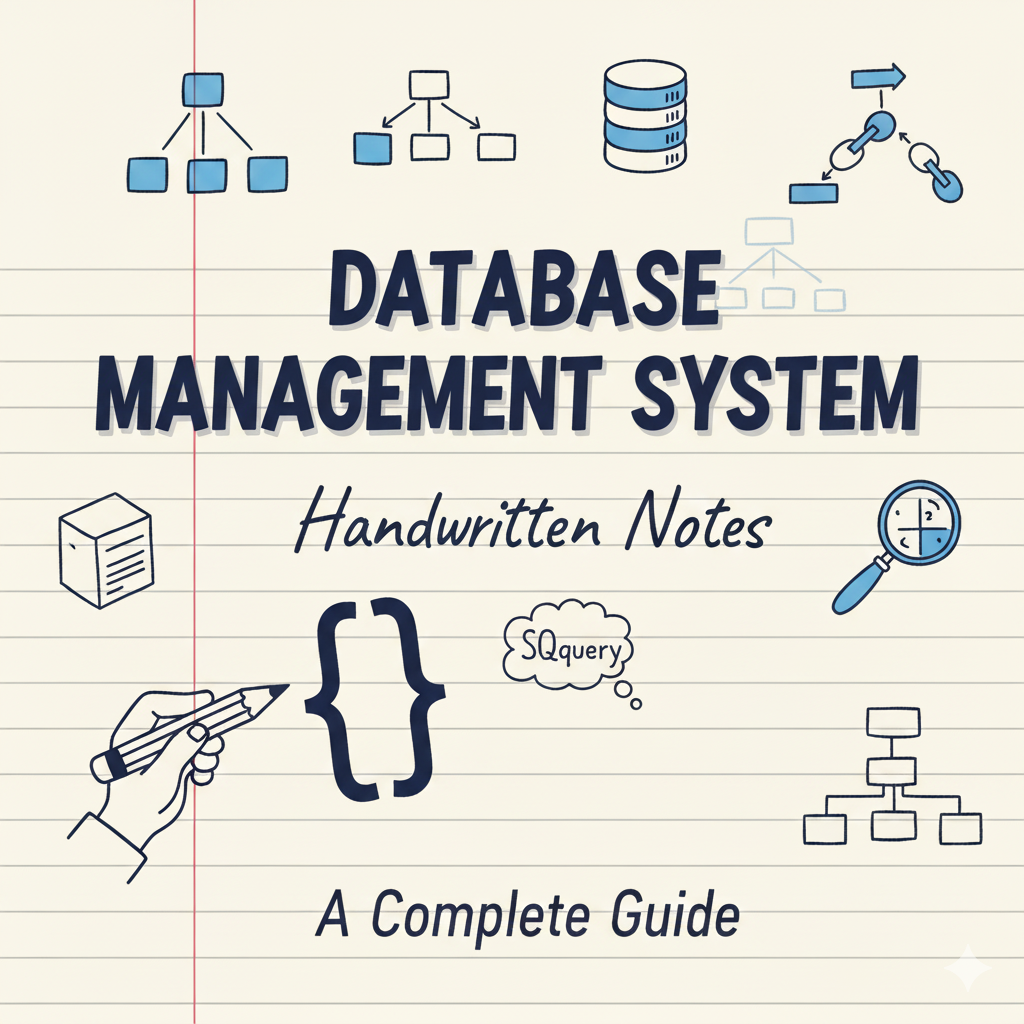
DBMS Handwritten Notes - Basics Made Easy
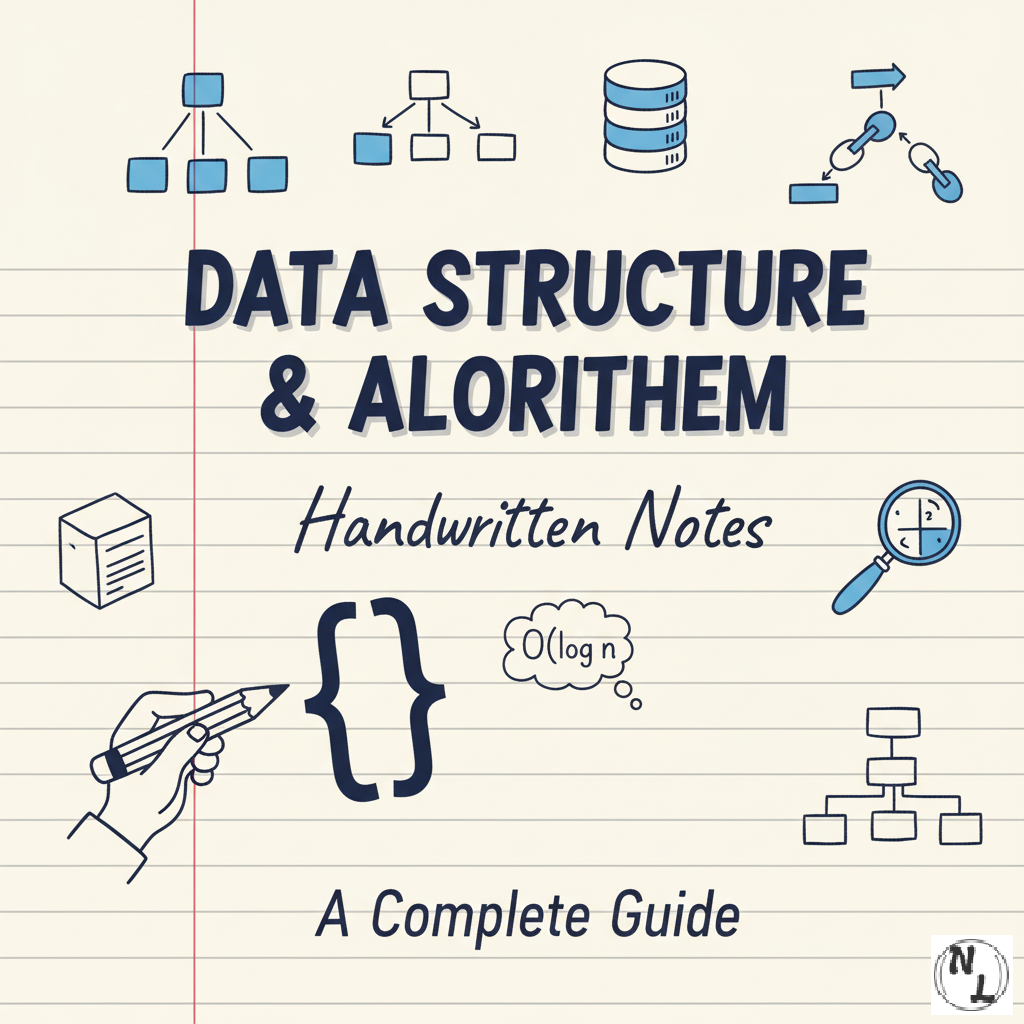
Data Structure and Algorithm Notes

UP Police Computer Operator 2018 Question Paper PDF

Handwritten Notes on the Indian Constitution in Hindi (PDF)

SPI Protocol Complete Interview Guide PDF
Master Recursion and Backtracking in DSA - Complete Notes & Concepts Explained

Handwritten Linux Notes PDF | Simplified Linux Commands & Concepts for Beginners

Kubernetes for Beginners | Handwritten Notes & Easy Tutorials

3-Axis CNC Router Machine Project - Complete Guide

Ancient Indian History: Chronological Study from Indus Valley to Gupta Empire

UP Lekhpal Previous Year Question Paper 2022 - PDF Download & Analysis

SSC GD Solved Paper 2023 (Held on 01 February 2023 - Shift 2)

AKTU Odd Semester Exam Schedule 2025-26 (Final)
RELATED NOTES

DBMS Handwritten Notes - Basics Made Easy
Master Recursion and Backtracking in DSA - Complete Notes & Concepts Explained

Handwritten Linux Notes PDF | Simplified Linux Commands & Concepts for Beginners

Kubernetes for Beginners | Handwritten Notes & Easy Tutorials
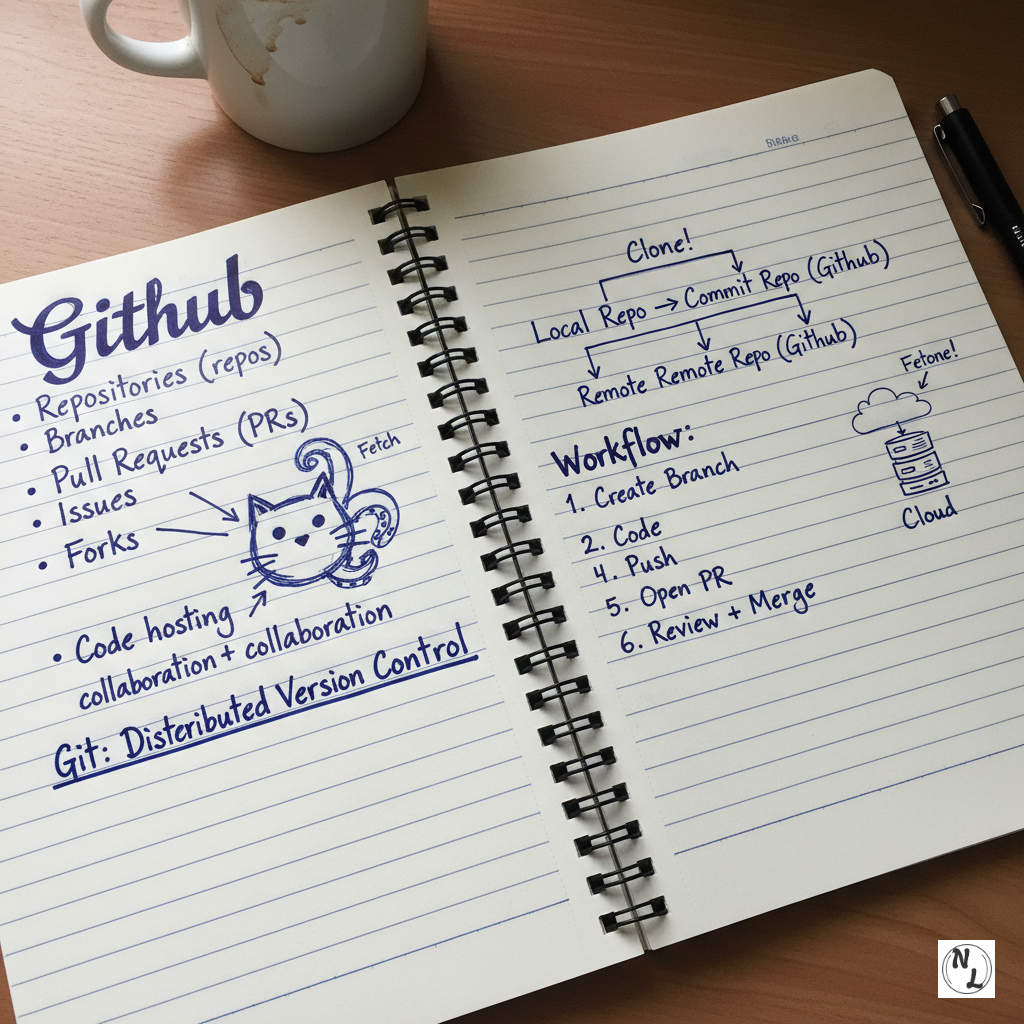
Mastering Git & GitHub: A Complete Beginner's Guide
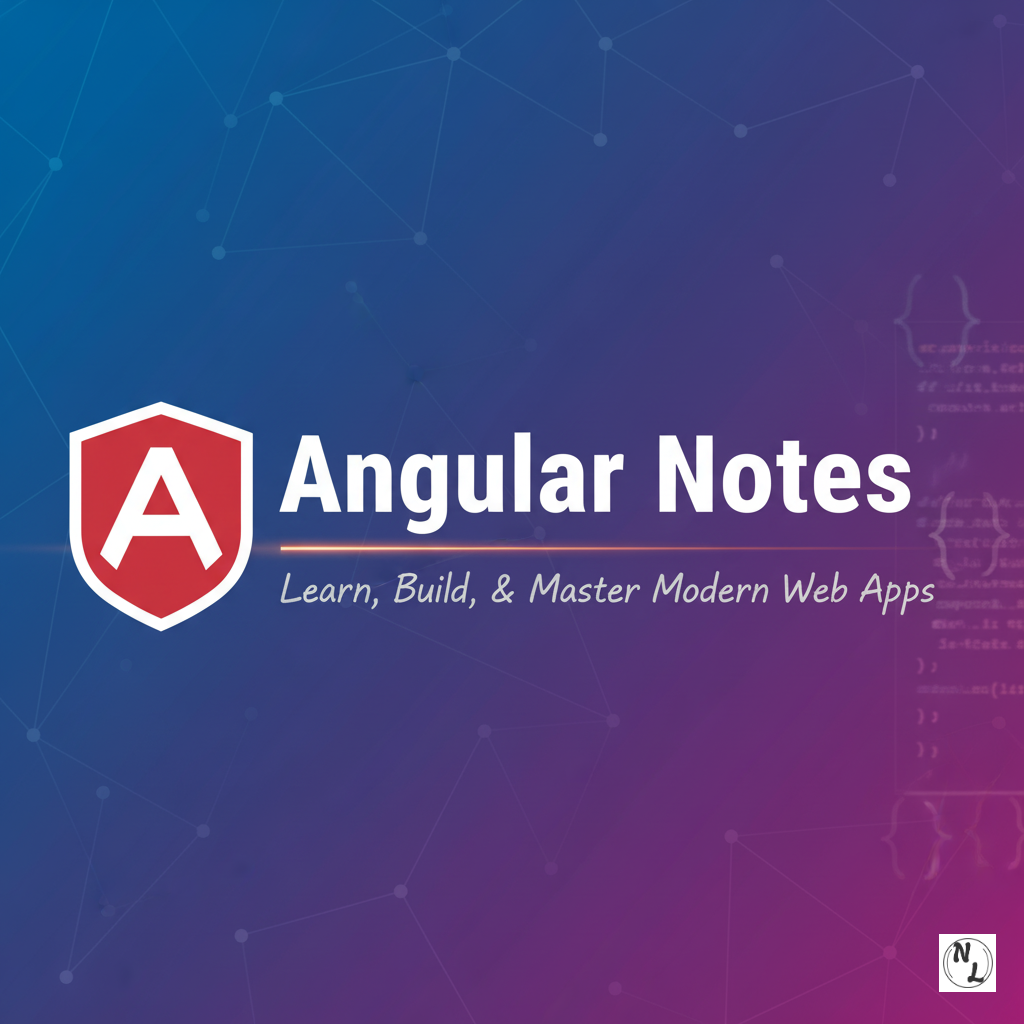
Angular Handwritten Notes: A Complete Guide for Beginners
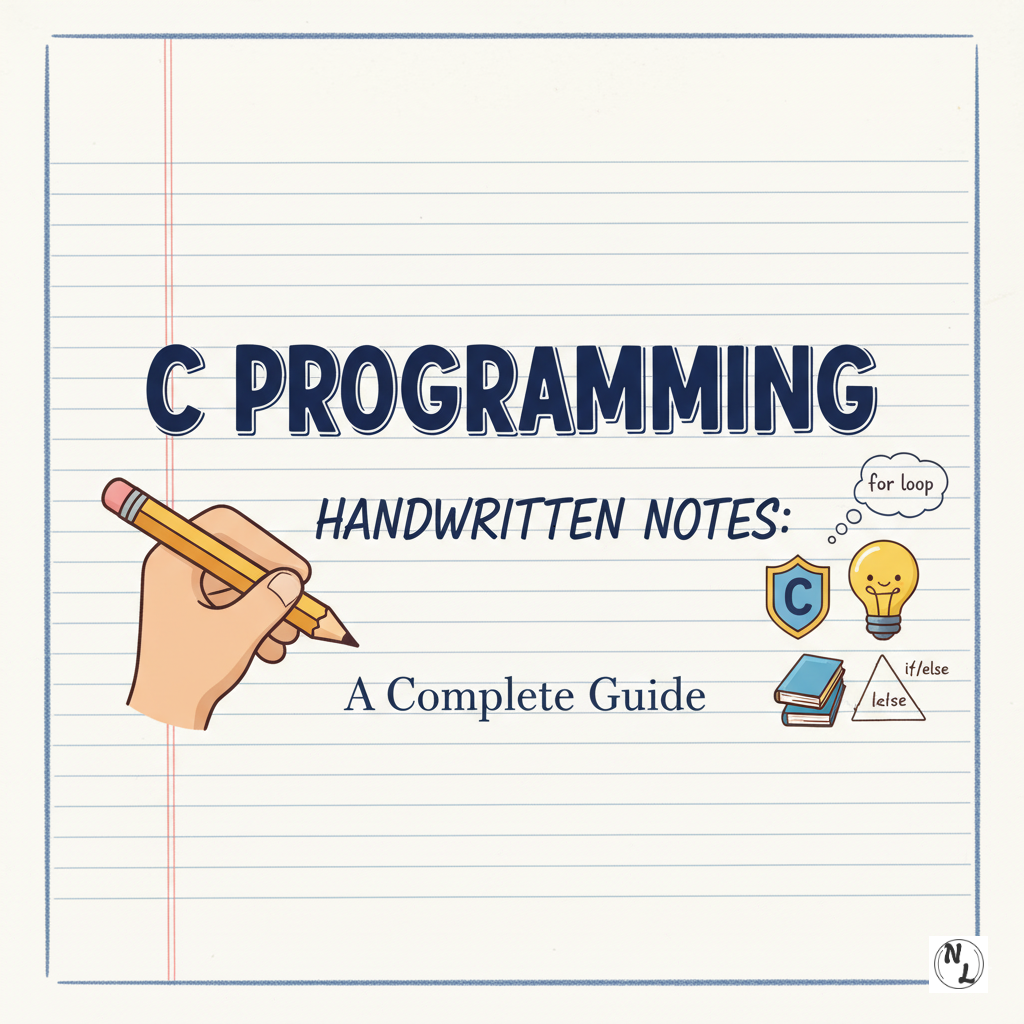
C Programming Handwritten Notes: A Complete Guide

CSS Handwritten Notes: A Complete Guide for Beginners and Developers
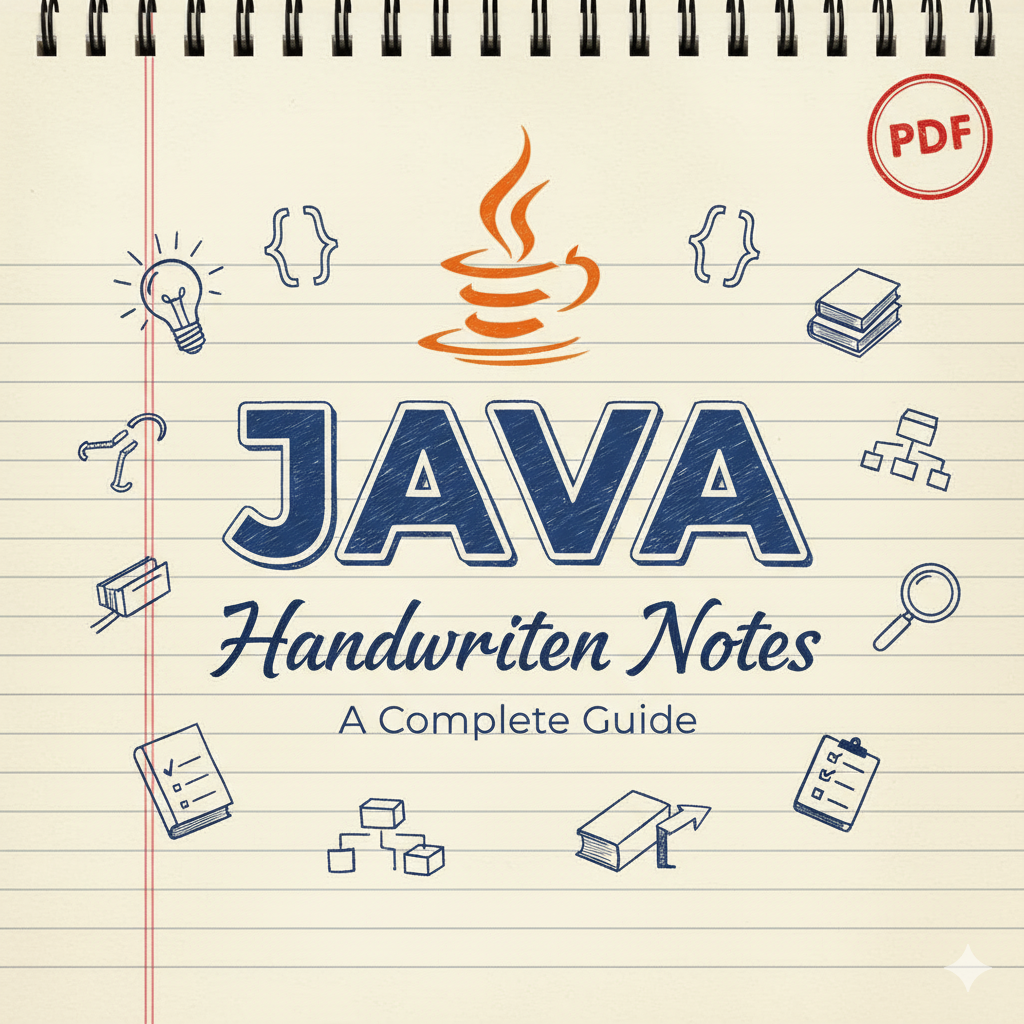
Java Handwritten Notes PDF Download | Complete Core & Advanced Java Notes

JavaScript Handwritten Notes PDF Download | Learn JS Basics to Advanced Concepts

HTML Handwritten Notes PDF Download | Complete HTML Notes for Beginners

PHP Handwritten Notes PDF Download | Complete PHP Notes for Beginners

Docker Handwritten Notes PDF Download | Complete Docker Notes for Beginners

FastAPI Handwritten Notes PDF Download | Complete FastAPI Notes for Beginners

Next.js Handwritten Notes PDF Download | Complete Next.js Notes for Beginners

Operating System Handwritten Notes PDF Download | Complete OS Notes for Students

SQL Handwritten Notes PDF Download | Complete SQL Notes for Beginners

Machine Learning Handwritten Notes PDF (Free Download)
